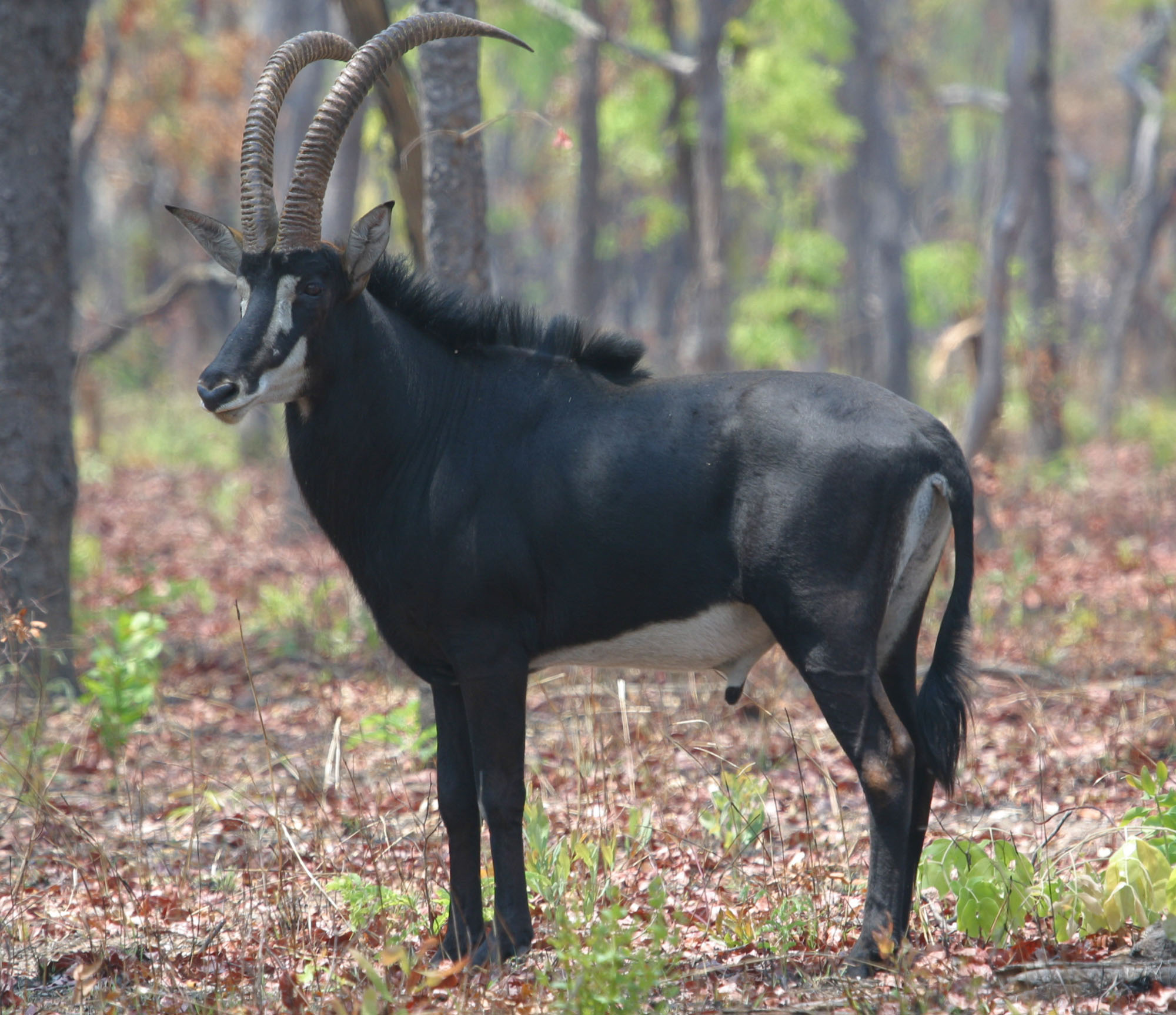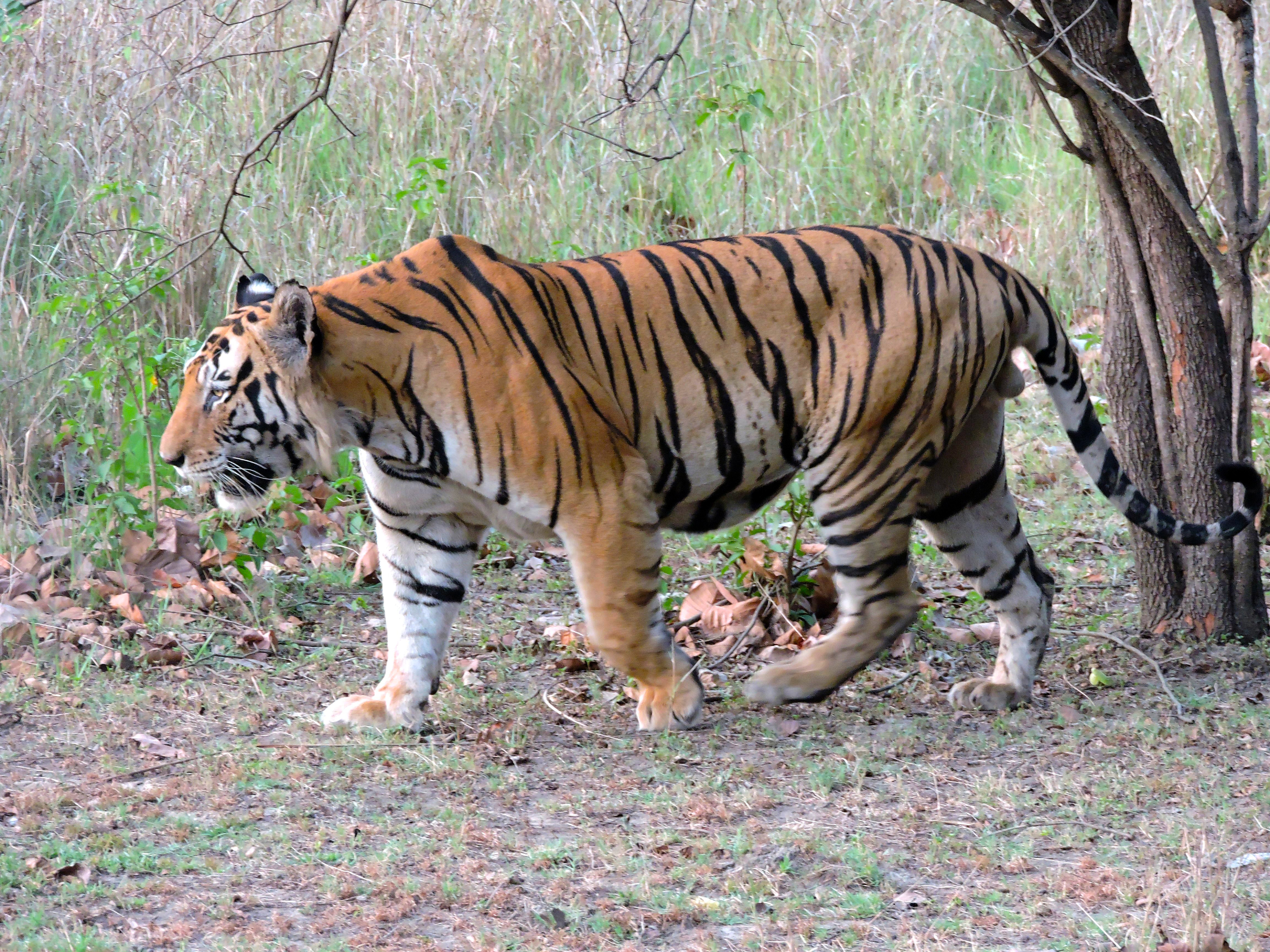|
Eturnagaram
Eturnagaram is a village and a mandal in Mulugu district in the state of Telangana in India. Dolmen There is a megalithic dolmen graves site near Eturnagaram in Eturnagaram Wildlife Sanctuary. . Wildlife sanctuary The mandal area is surrounded by a deep forest which includes a southern tropical dry deciduous type of teak and its associates including thiruman, maddi, and bamboo, while the fauna includes several endangered species including tiger, sloth bear, four-horned antelope, chinkara The chinkara (''Gazella bennettii''), also known as the Indian gazelle, is a gazelle species native to India, Iran, Afghanistan and Pakistan. Taxonomy The following six subspecies are considered valid: * Deccan chinkara (''G. b. bennettii'') ... and black buck. It was declared a wildlife sanctuary in 1953 because of its bio-diversity. The sanctuary encompasses approximately in Warangal district. River Godavari also passes through the outskirts of the village. Climate The clima ... [...More Info...] [...Related Items...] OR: [Wikipedia] [Google] [Baidu] |
Eturnagaram Wildlife Sanctuary
Eturnagaram Wildlife Sanctuary is a wildlife sanctuary located in Eturnagaram village in Mulugu district in Telangana, India. It is located from Warangal and from Hyderabad. It is a integrated tribal development town. The sanctuary is located near the Maharashtra, Chhattisgarh and Telangana borders. It is one of the oldest sanctuaries of Telangana. On 30 January 1952, the erstwhile Hyderabad Government declared it as a sanctuary because of its rich bio-diversity. The land is undulating from steep slopes to gentle slopes from west to east. Three-quarters of the area consists of a plain while the rest is hilly with many streams and springs. The Godavari River passes through the sanctuary. The vegetation here is tropical dry deciduous with teak and other trees of good quality standing and above. The biennial festival of Sammakka Saralamma Jatara is held in the sanctuary. Flora and fauna Flora : The sanctuary has southern tropical dry deciduous type of teak and its assoc ... [...More Info...] [...Related Items...] OR: [Wikipedia] [Google] [Baidu] |
Mulugu District
Sammakka Saralamma Mulugu district is a district located in the eastern region of the Indian state of Telangana. Its headquarters is the town of Mulugu. Mulugu district is the least populated district with 294,671 in the state. Mulugu district has the fewest mandals in the state with nine mandals. It currently borders Warangal, Mahabubabad, Jayashankar Bhupalpally and Bhadradri districts and with the state of Chhattisgarh. Government and Politics Mulugu Major was constituted in 2011 and is classified as a ''second grade municipality''. The jurisdiction of the civic body is spread over an area of . Politics Mulugu district has one seat in State Assembly and is reserved for Scheduled Tribe. Seethakka (Danasari Anasuya) was elected as MLA Mulug (ST) (Assembly constituency) in the 2023 State Elections. Mulugu District falls under Mahabubabad (Lok Sabha constituency). Smt Porika Balaram Nayak was elected as MP in May 2024 General Elections. Mandals Mulugu Revenue Divi ... [...More Info...] [...Related Items...] OR: [Wikipedia] [Google] [Baidu] |
States And Territories Of India
India is a federalism, federal union comprising 28 federated state, states and 8 union territory, union territories, for a total of 36 subnational entities. The states and union territories are further subdivided into 800 List of districts in India, districts and smaller administrative divisions of India, administrative divisions by the respective subnational government. The states of India are self-governing administrative divisions, each having a State governments of India, state government. The governing powers of the states are shared between the state government and the Government of India, union government. On the other hand, the union territories are directly governed by the union government. History 1876–1919 The British Raj was a very complex political entity consisting of various imperial divisions and states and territories of varying autonomy. At the time of its establishment in 1876, it was made up of 584 princely state, constituent states and the prov ... [...More Info...] [...Related Items...] OR: [Wikipedia] [Google] [Baidu] |
Black Buck
The blackbuck (''Antilope cervicapra''), also known as the Indian antelope, is a medium-sized antelope native to India and Nepal. It inhabits grassy plains and lightly forested areas with perennial water sources. It stands up to high at the shoulder. Males weigh , with an average of . Females are lighter, weighing or on average. Males have long corkscrew horns, and females occasionally develop horns, as well. The white fur on the chin and around the eyes is in sharp contrast with the black stripes on the face. Both sexes' coats feature a two-tone colouration; in males, the majority of the body is dark brown to black, with white circles around the eyes, white ears and tail, and the belly, lower jaw, and inner legs also white. Females and juveniles are yellowish-fawn to tan and display the same white areas, only with more of a beige tone than the males. Females also feature a more pronounced horizontal white side-stripe, starting around the shoulder and ending at the rump. The ... [...More Info...] [...Related Items...] OR: [Wikipedia] [Google] [Baidu] |
Chinkara
The chinkara (''Gazella bennettii''), also known as the Indian gazelle, is a gazelle species native to India, Iran, Afghanistan and Pakistan. Taxonomy The following six subspecies are considered valid: * Deccan chinkara (''G. b. bennettii'') (Sykes 1831) – ranges from South India, from the Ganges Valley (east to the borders of West Bengal) south at least to Hyderabad, Andhra Pradesh, Deccan Plateau; * Gujarat chinkara ''(G. b. christii)'' ( Blyth, 1842) – ranges from the desert lowlands of Pakistan, western India, Rann of Kutch, Kathiawar, Saurastra region and as far east of Ahmedabad district in Gujarat; * Kennion gazelle, eastern jebeer gazelle or Baluchistan gazelle (''G. b. fuscifrons'') ( Blanford, 1873) – occurs in eastern Iran, (southeast and along the Makran coast, Sistan and Baluchistan) southern Afghanistan, Pakistan, Balochistan Province to Sindh and northwestern India, Rajasthan, also the darkest subspecies; * Bushehr gazelle (''G. b. karamii'') ( Gro ... [...More Info...] [...Related Items...] OR: [Wikipedia] [Google] [Baidu] |
Antelope
The term antelope refers to numerous extant or recently extinct species of the ruminant artiodactyl family Bovidae that are indigenous to most of Africa, India, the Middle East, Central Asia, and a small area of Eastern Europe. Antelopes do not form a monophyletic group, as some antelopes are more closely related to other bovid groups, such as bovines, goats, and sheep, than to other antelopes. A stricter grouping, known as the true antelopes, includes only the genera '' Gazella'', '' Nanger'', '' Eudorcas'', and '' Antilope''. One North American mammal, the pronghorn or "pronghorn antelope", is colloquially referred to as the "American antelope", despite the fact that it belongs to a completely different family ( Antilocapridae) than the true Old-World antelopes; pronghorn are the sole extant member of an extinct prehistoric lineage that once included many unique species. Although antelope are sometimes referred to, and easily misidentified as, "deer" ( cervids), true ... [...More Info...] [...Related Items...] OR: [Wikipedia] [Google] [Baidu] |
Sloth Bear
The sloth bear (''Melursus ursinus''), also known as the Indian bear, is a myrmecophagous bear species native to the Indian subcontinent. It feeds on fruits, ants and termites. It is listed as vulnerable on the IUCN Red List, mainly because of habitat loss and degradation. It is the only species in the genus ''Melursus''. It has also been called "labiated bear" because of its long lower lip and palate used for sucking up insects. It has long, shaggy fur, a mane around the face, and long, sickle-shaped claws. It is lankier than brown and Asian black bears. It shares features of insectivorous mammals and evolved during the Pleistocene from the ancestral brown bear through divergent evolution. Sloth bears breed during spring and early summer and give birth near the beginning of winter. When their territories are encroached upon by humans, they sometimes attack them. Historically, humans have drastically reduced these bears' habitat and diminished their population by hunting them ... [...More Info...] [...Related Items...] OR: [Wikipedia] [Google] [Baidu] |
Tiger
The tiger (''Panthera tigris'') is a large Felidae, cat and a member of the genus ''Panthera'' native to Asia. It has a powerful, muscular body with a large head and paws, a long tail and orange fur with black, mostly vertical stripes. It is traditionally classified into nine Holocene, recent subspecies, though some recognise only two subspecies, mainland Asian tigers and the island tigers of the Sunda Islands. Throughout the tiger's range, it inhabits mainly forests, from coniferous and temperate broadleaf and mixed forests in the Russian Far East and Northeast China to tropical and subtropical moist broadleaf forests on the Indian subcontinent and Southeast Asia. The tiger is an apex predator and preys mainly on ungulates, which it takes by ambush. It lives a mostly solitary life and occupies home ranges, defending these from individuals of the same sex. The range of a male tiger overlaps with that of multiple females with whom he mates. Females give birth to usually two or ... [...More Info...] [...Related Items...] OR: [Wikipedia] [Google] [Baidu] |
Bamboo
Bamboos are a diverse group of mostly evergreen perennial plant, perennial flowering plants making up the subfamily (biology), subfamily Bambusoideae of the grass family Poaceae. Giant bamboos are the largest members of the grass family, in the case of ''Dendrocalamus sinicus'' having individual stalks (Culm (botany), culms) reaching a length of , up to in thickness and a weight of up to . The internodes of bamboos can also be of great length. ''Kinabaluchloa, Kinabaluchloa wrayi'' has internodes up to in length. and ''Arthrostylidium schomburgkii'' has internodes up to in length, exceeded in length only by Cyperus papyrus, papyrus. By contrast, the stalks of the tiny bamboo Raddiella, ''Raddiella vanessiae'' of the savannas of French Guiana measure only in length by about in width. The origin of the word "bamboo" is uncertain, but it most likely comes from the Dutch language, Dutch or Portuguese language, Portuguese language, which originally borrowed it from Malay langua ... [...More Info...] [...Related Items...] OR: [Wikipedia] [Google] [Baidu] |
Maddi
Maddi is a town and union council of Kulachi Tehsil, Dera Ismail Khan District of Khyber-Pakhtunkhwa Khyber Pakhtunkhwa (; ; , ; abbr. KP or KPK), formerly known as the North West Frontier Province (NWFP), is a province of Pakistan. Located in the northwestern region of the country, Khyber Pakhtunkhwa is the fourth largest province of Paki .... It is located at 31°52'59N 70°34'27E and has an altitude of 198 metres (652 feet). It is an important town oby Gandapur tribe. It is inhabited by Ranazais Ibrahimzais, Pattikhels, Yaqoobzais and Malakhels other pathan and Seraiki people. There are over 52 different cast are there including Balochs. This town is famous for its summer fruit of "Kharbooza" (sweet fruit Yellow in colour elongated in shape). Referenc ...
|
Dolmen
A dolmen, () or portal tomb, is a type of single-chamber Megalith#Tombs, megalithic tomb, usually consisting of two or more upright megaliths supporting a large flat horizontal capstone or "table". Most date from the Late Neolithic period (40003000 BCE) and were sometimes covered with earth or smaller stones to form a tumulus (burial mound). Small pad-stones may be wedged between the cap and supporting stones to achieve a level appearance. In many instances, the covering has eroded away, leaving only the stone "skeleton". In Sumba (Indonesia), dolmens are still commonly built (about 100 dolmens each year) for collective graves according to lineage. The traditional village of Wainyapu, Sumba, Wainyapu has some 1,400 dolmens. Etymology Celtic or French The word ''dolmen'' entered archaeology when Théophile Corret de la Tour d'Auvergne used it to describe megalithic tombs in his (1796) using the spelling ''dolmin'' (the current spelling was introduced about a decade later and h ... [...More Info...] [...Related Items...] OR: [Wikipedia] [Google] [Baidu] |






